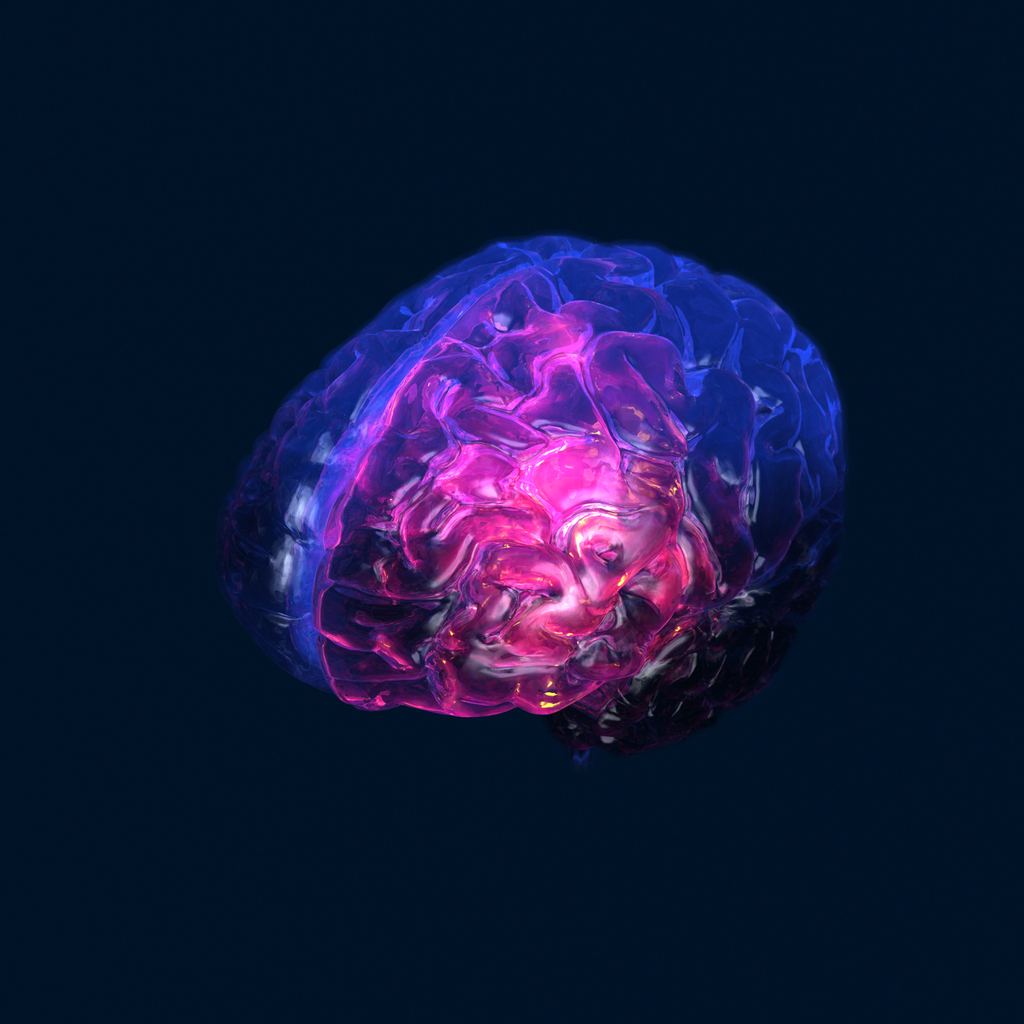April was dedicated to the prevention of cerebral strokes. It is the third cause of death in Italy, after cardiovascular diseases and neoplasms, and the first cause of disability.
Cerebral strokes are caused by the sudden closure or rupture of a cerebral blood vessel, with consequent damages to cerebral cells, due to the lack of oxygen and nutrients brought by blood (ischemia) or to the compression created by the blood leakage (cerebral hemorrhage).
Prevention is possible by intervening on risk factors by means of a healthy lifestyle. Moreover, damages may be controlled by recognizing the tell-tale signs of a cerebral stroke and asking for help in a timely fashion.
We asked Doctor Simona Marcheselli, Supervisor of Urgent Neurology and Stroke Unit at Humanitas.
Tips for Prevention
- Do not smoke.
- Engage in light physical activity every day. For example, go for a brisk walk for 30 minutes per day.
- Watch your weight. A normal weight has positive repercussions on arterial blood pressure, diabetes and blood fats.
- Limit your consumption of alcoholic beverages. Consider a healthy, balanced diet. Reduce fats and animal-derived dressings, and prefer fish, that is rich in polyunsaturated fats, fruit, vegetables, whole cereals and legumes, that are rich in vitamins and anti-oxydants.
- Do not use too much salt. It may determine an increment in arterial blood pressure.
- Check your blood pressure in order to avoid an unexpected hypertension. An important cardiovascular risk factor.
- Check your blood sugar levels, in order to get an early diagnose for diabetes.
- In case of atrial fibrillation, get periodical cardiological evaluations and follow your doctor’s instructions. In general, patients older than 65 and those who already had a cerebral ischemic stroke, should take anticoagulant medications. The others may simply take an Aspirin.
A few Signs you Should not Underestimate
Promptly recognizing the symptoms of cerebral strokes is paramount to treat it as fast as possible. In fact, the administration of the therapy within 4-5 hours from the onset of the symptoms, allows the control of damages and the reduction of an eventual disability.
Symptoms may change from person to person, according to the concerned brain area, and they may not be immediately recognizable. However, you should look for these signals and ask health professionals for help if the symptoms are present:
- Impossibility or difficulties in moving an arm, a leg or both limbs on the same side of the body
- Facial drooping.
- Total or partial numbness in an arm, a leg or both limbs on the same side of the body
- Difficulties in seeing well half an object or a part of it.
- Uncoordinated movements.
- Unsteady balance.
- Speech impairments when articulating words, trying to understand the speech of other people, or trying to find the right words.
- Violent, unusual headaches.
These symptoms may appear for a few minutes and then disappear on their own. For this reason, they are often underestimated. Such cases are called, “Transitory Ischemic Attacks” (TIAs). They are tell-tale signs of an ictus, and so they have to be brought to the attention of a specialist.
-
3,400 Physicians
-
110,400 Annual surgeries
-
190,400 Annual Inpatient Admissions
-
928,000 Patients


